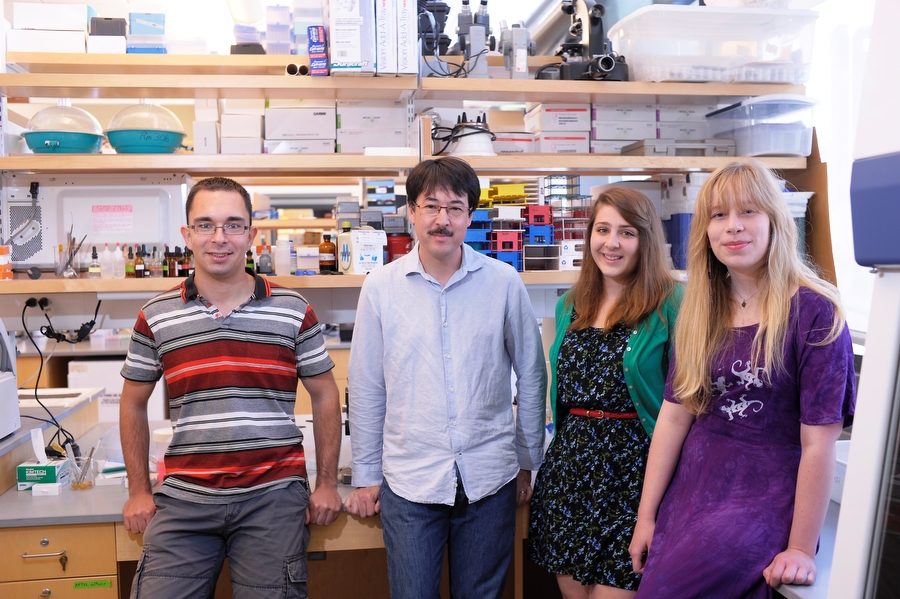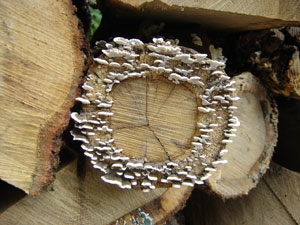Findings point to fungi as prime suspects in fossil fuel mystery

More than 300 million years ago, coal production on the planet came to a sudden stop, leaving a puzzle for scientists. What happened? Newly published research by Clark University biology Professor David Hibbett and an international team of scientists suggests an answer to the mystery.
In a paper titled “The Paleozoic origin of enzymatic lignin decomposition reconstructed from 31 fungal genomes,” senior author Hibbett and co-authors present findings from fungal analyses of 31 genomes, including 12 newly generated for the project by the U.S. Department of Energy Joint Genome Institute. The findings appear June 29 in the prestigious Science magazine.
“This research, which is significantly expanding genomic coverage of fungal evolution, presents evidence for what may have brought a sudden halt to the Carboniferous period,” Hibbett said. “Fungi could be the cause.”
* To read more about the research findings and published paper, click here. *
Coal is now a mega-commodity, generating nearly half of the electricity in the United States, according to the American Coal Foundation. The plant polymer lignin, which is a component of plant cell walls, gave rise to coal deposits for an estimated 60 million years. Evolution of fungi that can break down the lignin may have been a factor for the sudden drop in coal production. Hibbett noted that enzymes in fungi are prime decayers of wood—a property that presents potential applications for biofuels research.

The work on this project represents a “true community of effective practice,” Hibbett said, deeply involving both undergraduates and graduates. The students worked at annotating the genome, a very labor-intensive process. Even as undergraduates, they were well prepared for the task, having been introduced to this skill through a course taught by assistant professor of biology Heather Wiatrowski. In 2009-10, Wiatrowski coordinated the Undergraduate Research Program in Microbial Genome Annotation, also supported by a JGI grant. Once with the Hibbett Lab more recently, the undergraduates were further trained in genome annotation by Clark Ph.D. student Dimitris Floudas, eventually becoming co-authors of the paper in Science, a remarkable outcome for undergraduates anywhere, Hibbett noted.
“The team for this project includes our lab group here at Clark with national and international partners,” Hibbett said. “Science is the important part, but the community aspect of this research is a significant part. It’s not just one person toiling away in a lab. The real-world connections and scientific impact are extensive.”
* To learn more about Hibbett’s work, visit his lab website. *
Ten of the 71 authors who contributed to the paper are from Clark. Besides senior author Hibbett, co-authors include: Ph.D. student Floudas; former research scientist Manfred Binder; master’s students Darcy Young ’11 and Dylan Glotzer ’11; Clark post-doctoral fellow Laszlo Nagy; and Clark undergraduates Nathan Kallen ’12, Alexis Carlson ’13, Albee Ling (transfer), and Rachael Martin ’13.


